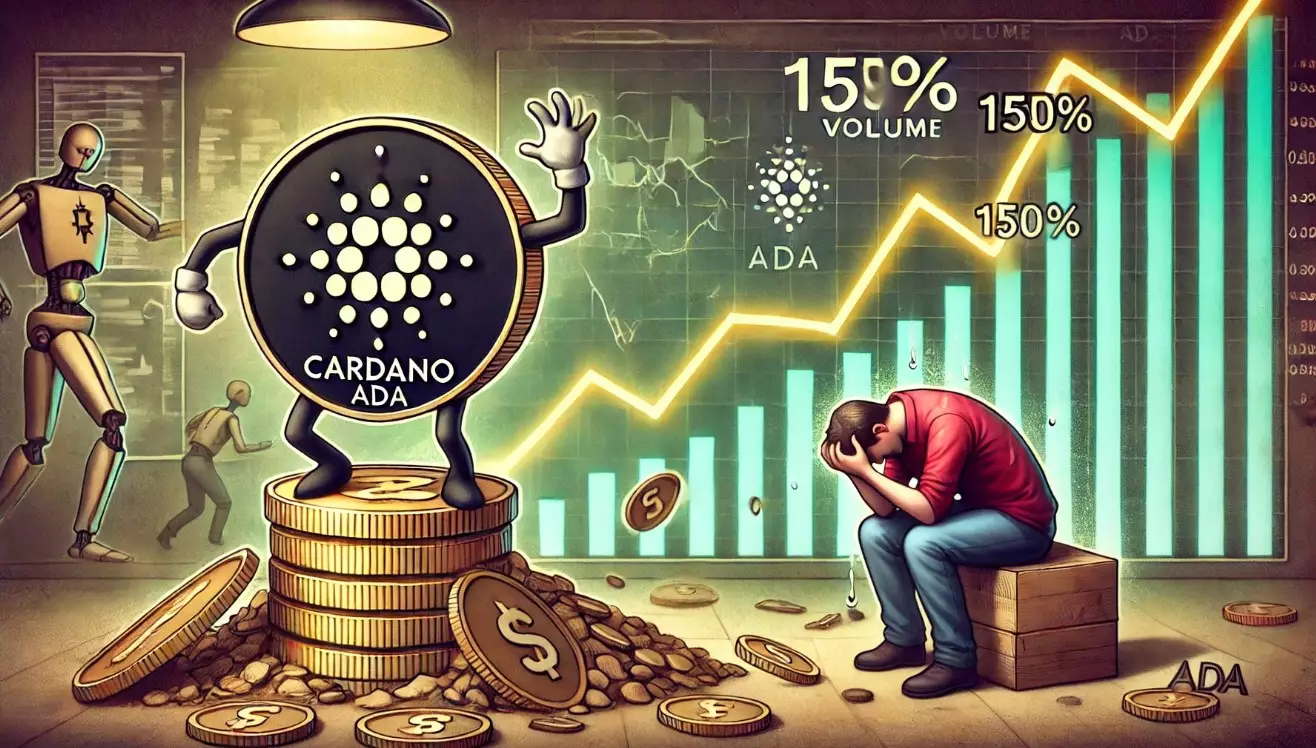In September 2023, the Cardano blockchain underwent a significant transformation known as the Chang hard fork. This upgrade has been positioned by none other than Charles Hoskinson, the founder of Cardano and a pivotal figure in the creation of Ethereum, as a landmark achievement that catapults Cardano into the upper echelons of the cryptocurrency realm. Hoskinson’s assertions about Cardano’s enhancements have sparked conversations around its comparative advantages over established cryptocurrencies, particularly emphasizing its decentralized nature.
One of the pivotal discussions that arose from Hoskinson’s recent statements is the concept of decentralization in blockchain technology. In a world increasingly wary of central points of failure, Hoskinson argues that Cardano excels where others falter. During the Token2049 Conference held in Singapore, he articulated a vision where Cardano offers a governance model that disperses power among its users rather than consolidating it in the hands of a select few. By advocating for a more equitable power distribution, Cardano’s model tackles the issues associated with Ethereum’s governance, which many claim can lead to stagnation due to its dependency on vital figures like Vitalik Buterin.
This analysis raises crucial questions about the balance between leadership and decentralization in blockchain governance. The role of founders in technological development represents both an opportunity and a potential bottleneck; if too much power is concentrated, innovation may wane. Hoskinson’s remarks underscore a paradigm shift within Cardano—a move toward ensuring that the blockchain can thrive autonomously, irrespective of the individual contributors involved.
One groundbreaking feature brought forth by the Chang hard fork is the introduction of delegated representatives (DReps). This mechanism allows DReps to interact and make decisions collaboratively, creating a structured environment where community inputs are valued. The establishment of a blockchain-based governance system enables these representatives to engage in a continuous feedback loop, voting on essential decisions and refining the network’s development roadmap.
This shift towards participatory governance represents a crucial step in fostering community engagement. By empowering participants to influence the network’s trajectory actively, Cardano is not only enhancing its decentralized architecture but is also reinforcing user trust and investment in the platform.
Impressive Growth Metrics
Cardano’s ascension is further evidenced by its remarkable growth in key performance indicators. Since its inception seven years ago, Cardano has recorded over 74,000 Plutus scripts and facilitated the creation of approximately 1.3 million delegated wallets. Moreover, over 1,373 projects have been launched on the platform, a statistic that Input Output Global (IOG)—the development company behind Cardano—has been eager to celebrate.
These metrics speak volumes about the platform’s adoption and potential. They showcase a burgeoning ecosystem that not only attracts developers but also encourages innovation and entrepreneurial endeavors within the blockchain arena. As Hoskinson emphasizes in his communications, this growth positions Cardano as a leading force ready to harness the future of decentralized governance.
Looking forward, Cardano is on the verge of implementing significant changes, including the retirement of its genesis keys. These keys have played a vital role in managing the network since its inception. As the platform transitions towards a fully decentralized governance model, increased participation from stake pool operators (SPOs) and DReps will be vital, alongside the establishment of a Constitutional Committee (CC).
This transition marks an essential milestone toward achieving the Voltaire era—a phase characterized by the blockchain’s self-sufficiency and autonomy. The final changeover to this era is contingent upon operational thresholds being met by stake pool nodes and the completion of decentralized applications (DApps).
Cardano is not merely riding the waves of technological evolution; it is creating its own path towards what it envisions as the future of blockchain technology. The Chang hard fork has empowered the network to build a more inclusive governance model, effectively positioning it as a frontrunner in decentralization. As the community looks ahead, the milestones that Cardano aims to achieve symbolize a significant leap toward ensuring that the blockchain remains relevant and innovative in an ever-changing cryptocurrency landscape.
















Leave a Reply